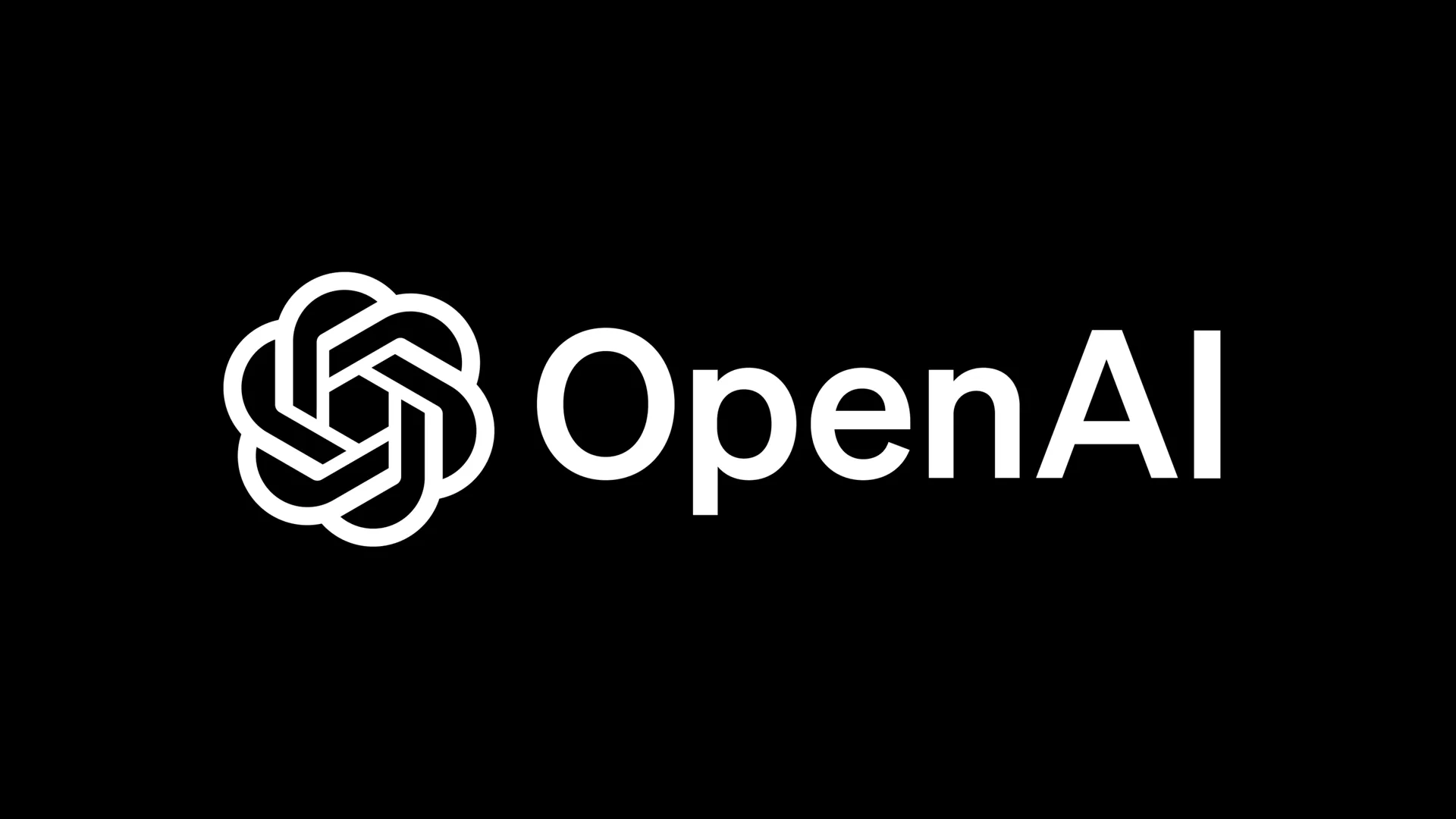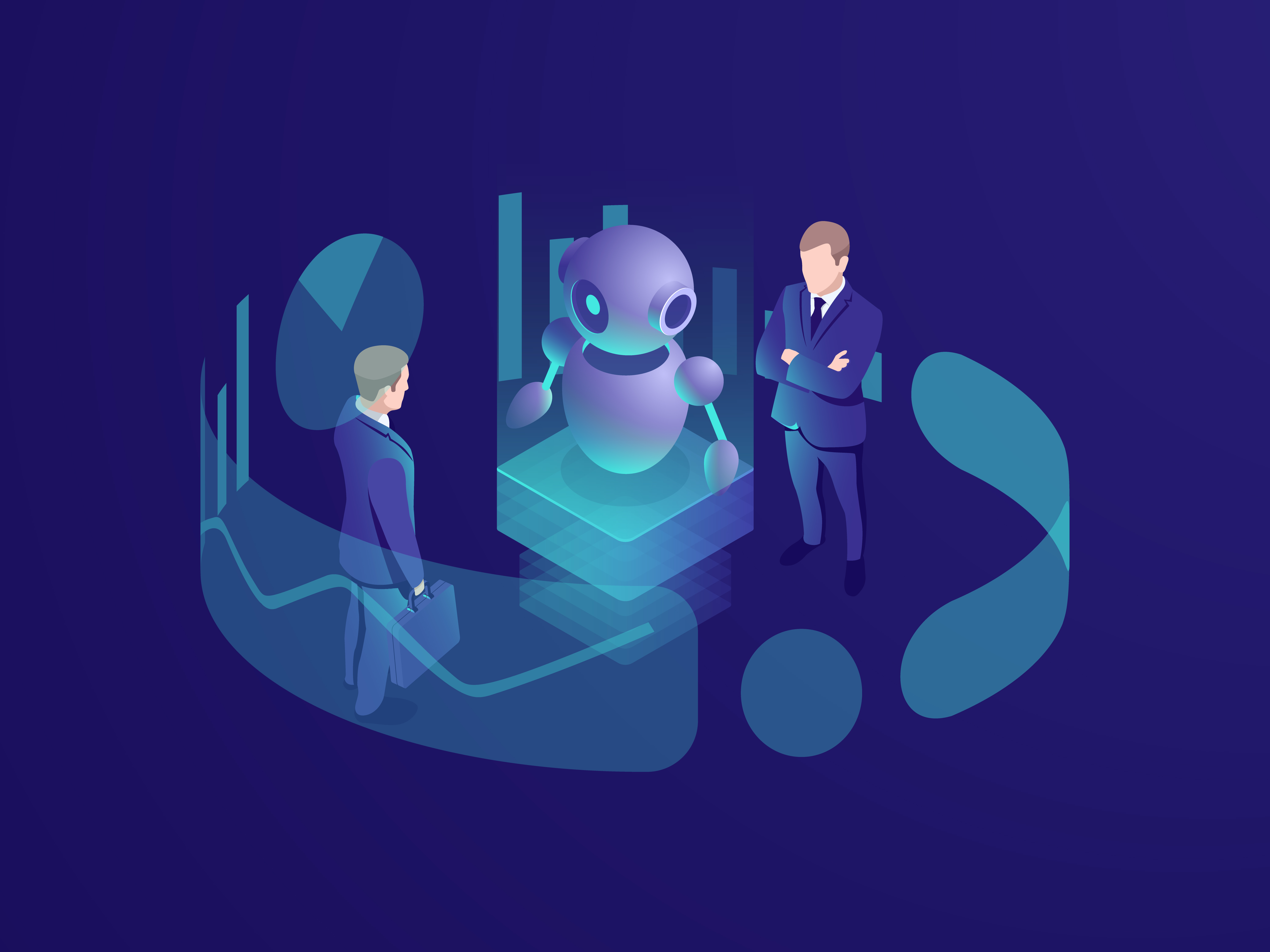The European Union and Canada have strengthened their digital partnership during the first Digital Partnership Council in Montreal. Both sides outlined a joint plan to enhance competitiveness and innovation, while supporting smaller firms through targeted regulation.
Senior representatives reconfirmed that cooperation with like-minded partners will be essential for economic resilience.
A new Memorandum of Understanding on AI placed a strong emphasis on trustworthy systems, shared standards and wider adoption across strategic sectors.
The two partners will exchange best practices to support sectors such as healthcare, manufacturing, energy, culture and public services.
They also agreed to collaborate on large-scale AI infrastructures and access to computing capacity, while encouraging scientific collaboration on advanced AI models and climate-related research.
A meeting that also led to an agreement on a structured dialogue on data spaces.
A second Memorandum of Understanding covered digital credentials and trust services. The plan includes joint testing of digital identity wallets, pilot projects and new use cases aimed at interoperability.
The EU and Canada also intend to work more closely on the protection of independent media, the promotion of reliable information online and the management of risks created by generative AI.
Both sides underlined their commitment to secure connectivity, with cooperation on 5G, subsea cables and potential new Arctic routes to strengthen global network resilience. Further plans aim to deepen collaboration on quantum technologies, semiconductors and high-performance computing.
A renewed partnership that reflects a shared commitment to resilient supply chains and secure cloud infrastructure as both regions prepare for future technological demands.
Would you like to learn more about AI, tech and digital diplomacy? If so, ask our Diplo chatbot!










